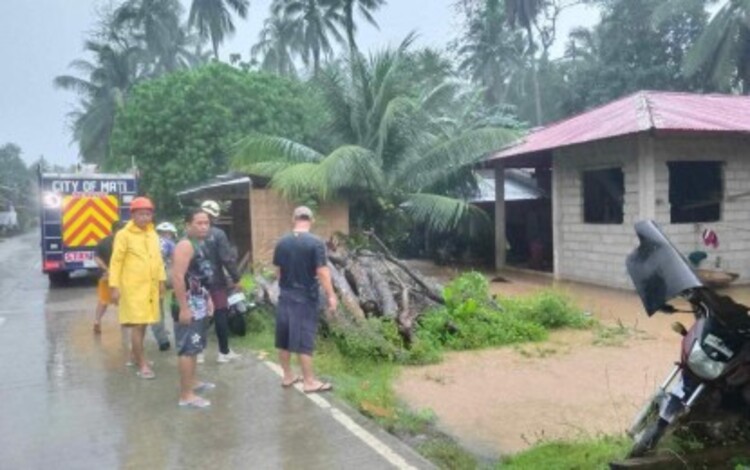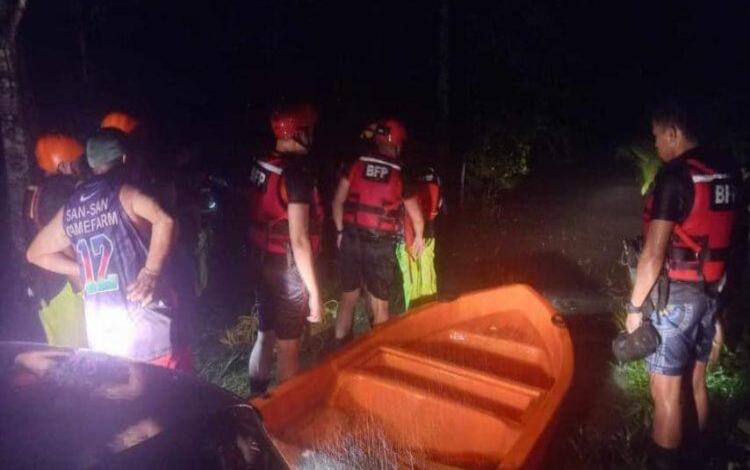Davao City, Philippines, faced disruptions as classes in all public and private schools were suspended on January 19, Friday, due to heavy rains caused by the shear line. The decision was made following a yellow warning level issued by the Department of Science and Technology – Philippine Atmospheric, Geophysical, and Astronomical Services Administration (DOST-PAGASA) Mindanao Regional Services Division (MPRSD), which predicted possible flooding in low-lying areas and landslides in the mountainous regions of the city.

The PAGASA Davao River Basin Flood Forecasting and Warning Center further escalated concerns by releasing a flood advisory, signaling critical and alert levels in various rivers throughout the city. In response to the potential threats, city disaster officials initiated preemptive and mandatory evacuation measures in multiple areas to ensure the safety of residents.
The 4 a.m. update from PAGASA brought a glimmer of relief, indicating a weakening effect of the shear line in most parts of Mindanao. While this news suggested a potential improvement in weather conditions, the city remained vigilant, emphasizing the need for continued monitoring and preparedness.
The decision to suspend classes reflected the city’s commitment to prioritizing the safety and well-being of students and residents. Heavy rains and the looming threat of floods and landslides underscored the importance of taking proactive measures to mitigate potential risks.
Local authorities and disaster response teams worked in tandem to execute evacuation plans and provide necessary support to affected communities. The cooperation between the city government and meteorological agencies showcased the effectiveness of early warnings and coordinated response efforts in managing natural disasters.
Residents were urged to stay informed through official channels and adhere to evacuation directives to minimize the impact of potential hazards. The situation served as a reminder of the vulnerability of regions to sudden weather changes and the significance of community resilience in the face of such challenges.

As the shear line’s influence waned, Davao City embarked on recovery efforts, assessing any damages incurred and ensuring the restoration of normalcy. The experience highlighted the need for ongoing investments in infrastructure, early warning systems, and community education to enhance resilience and preparedness for future weather-related events in the region.
